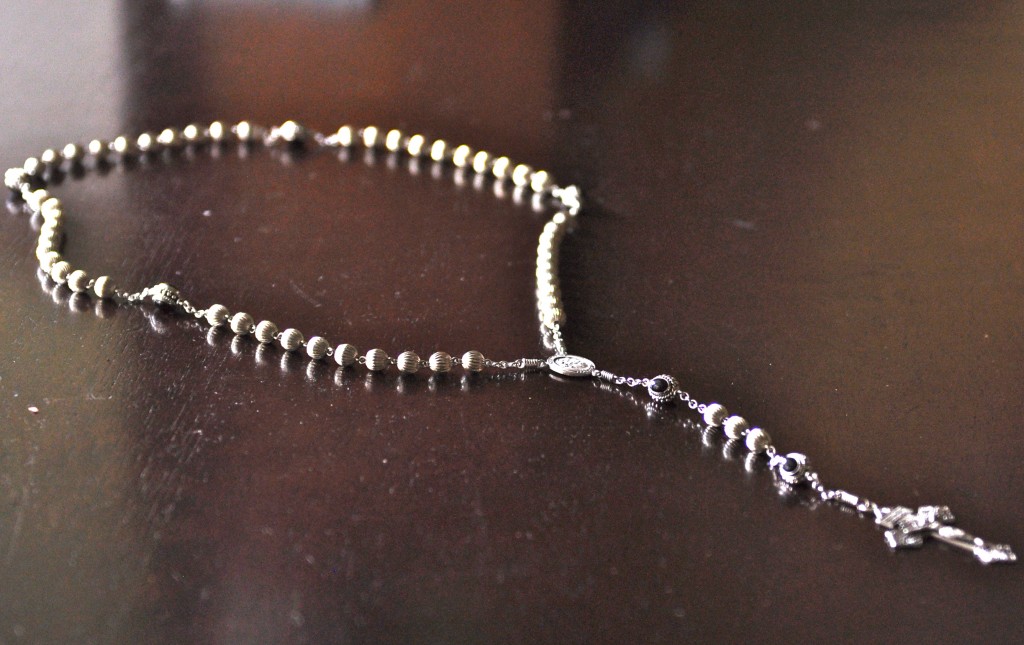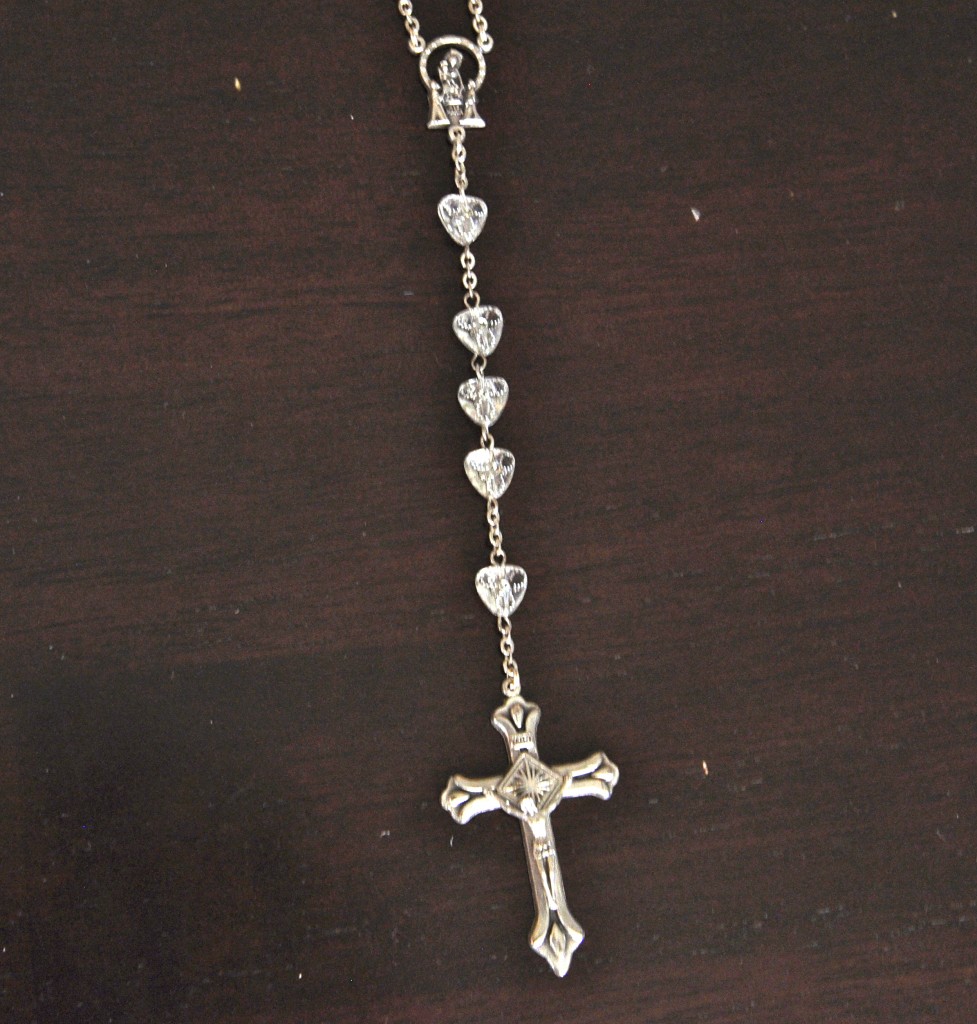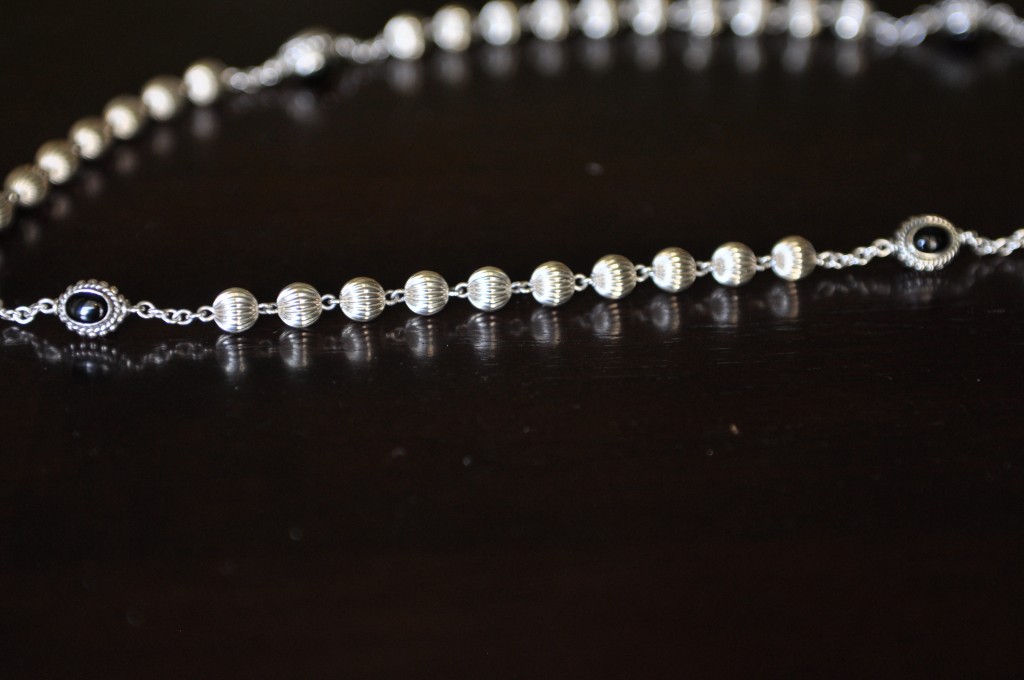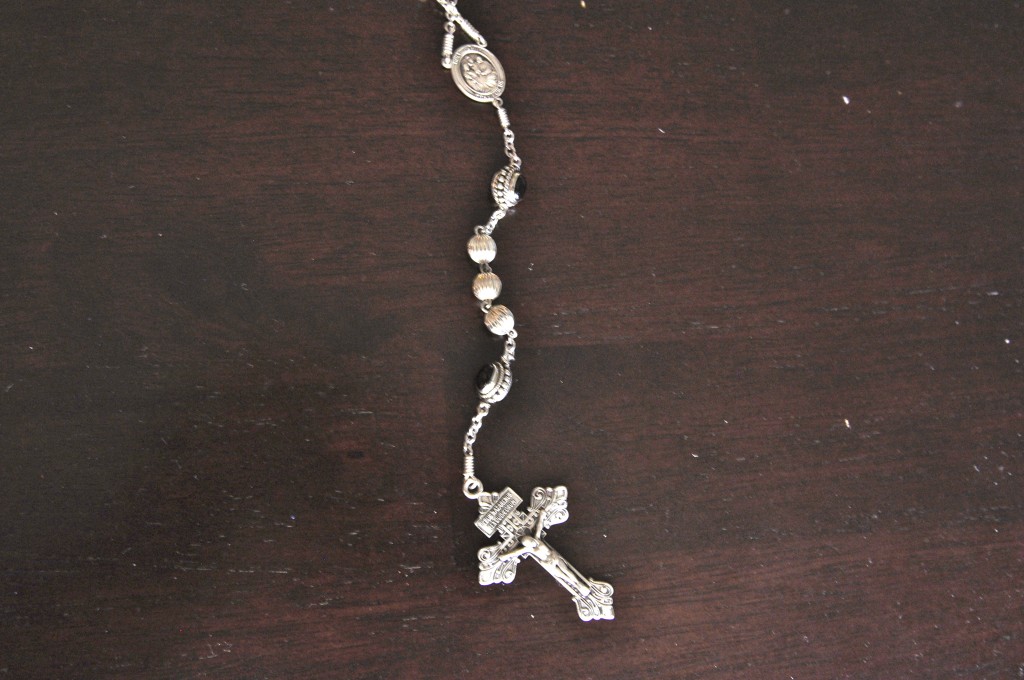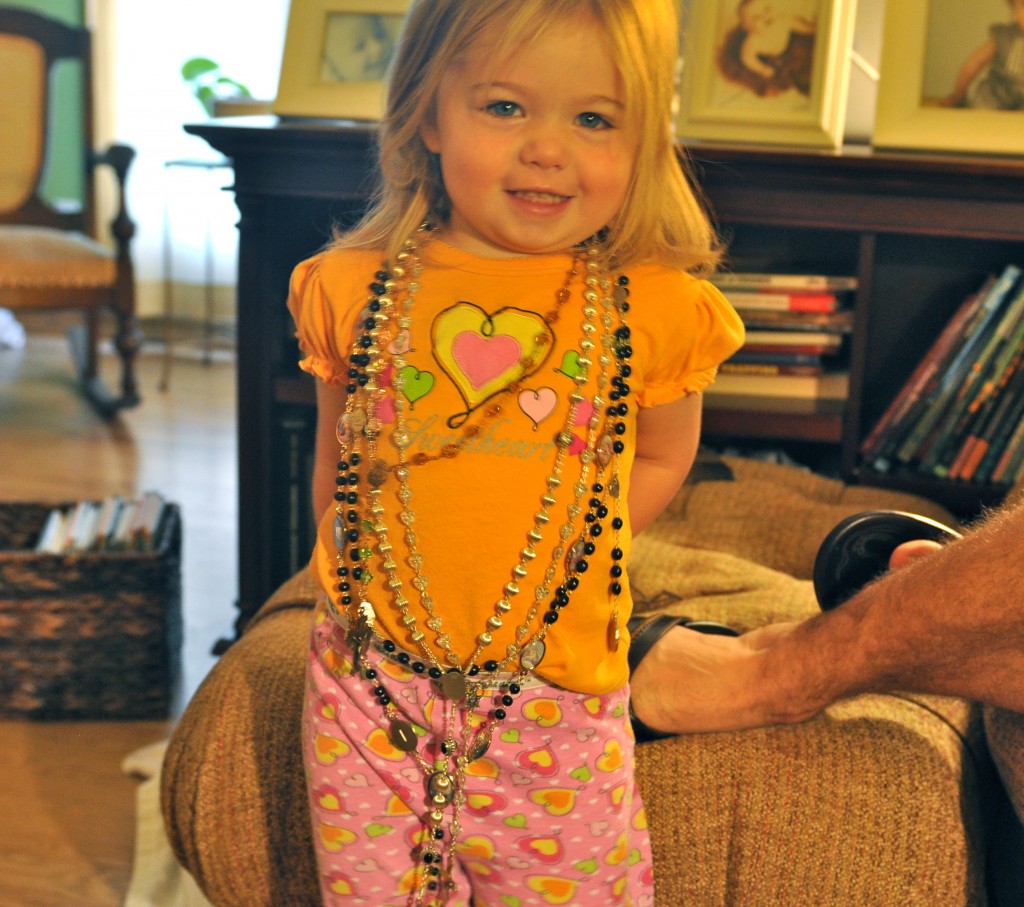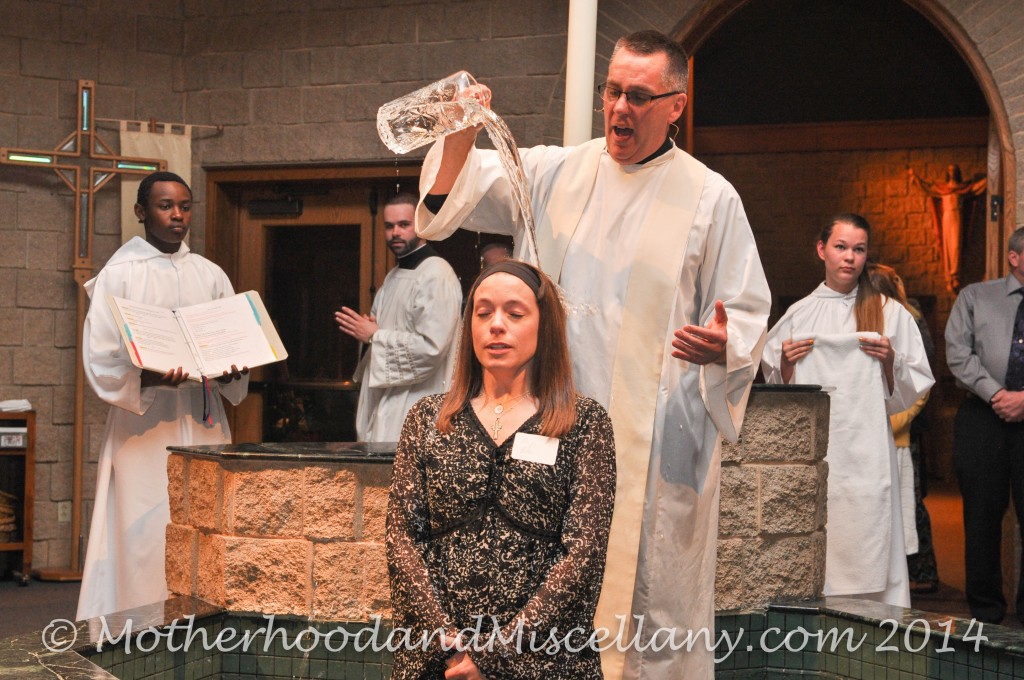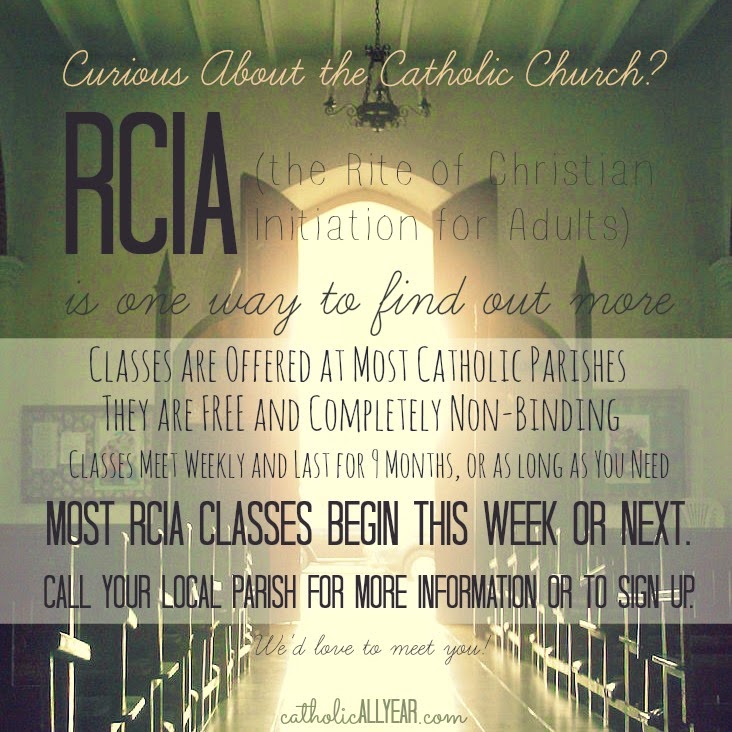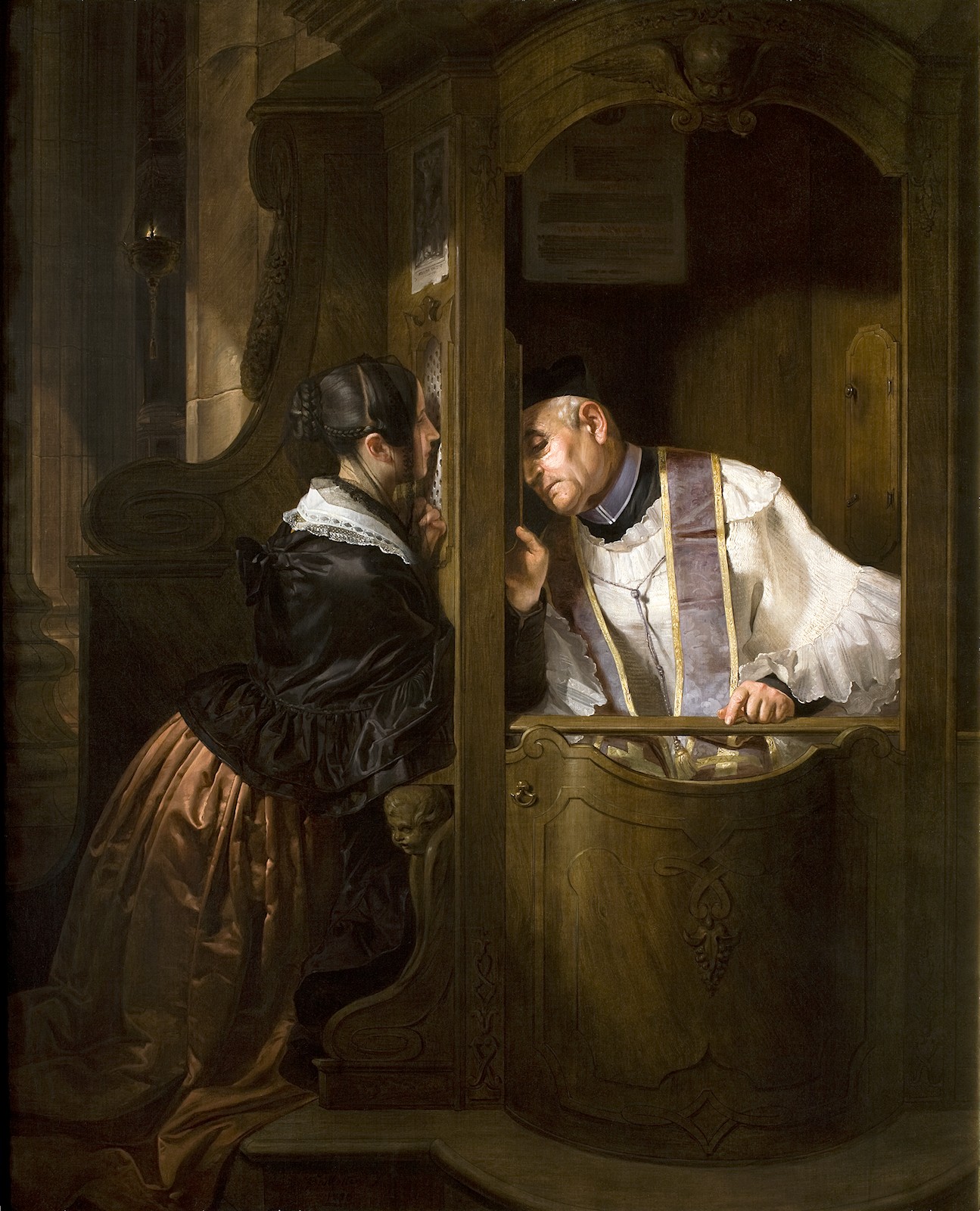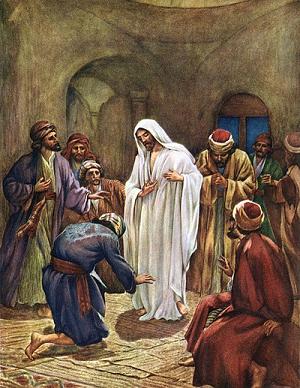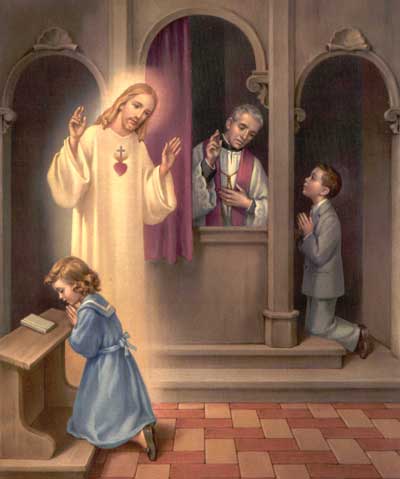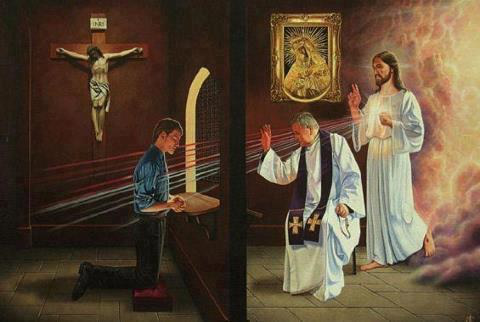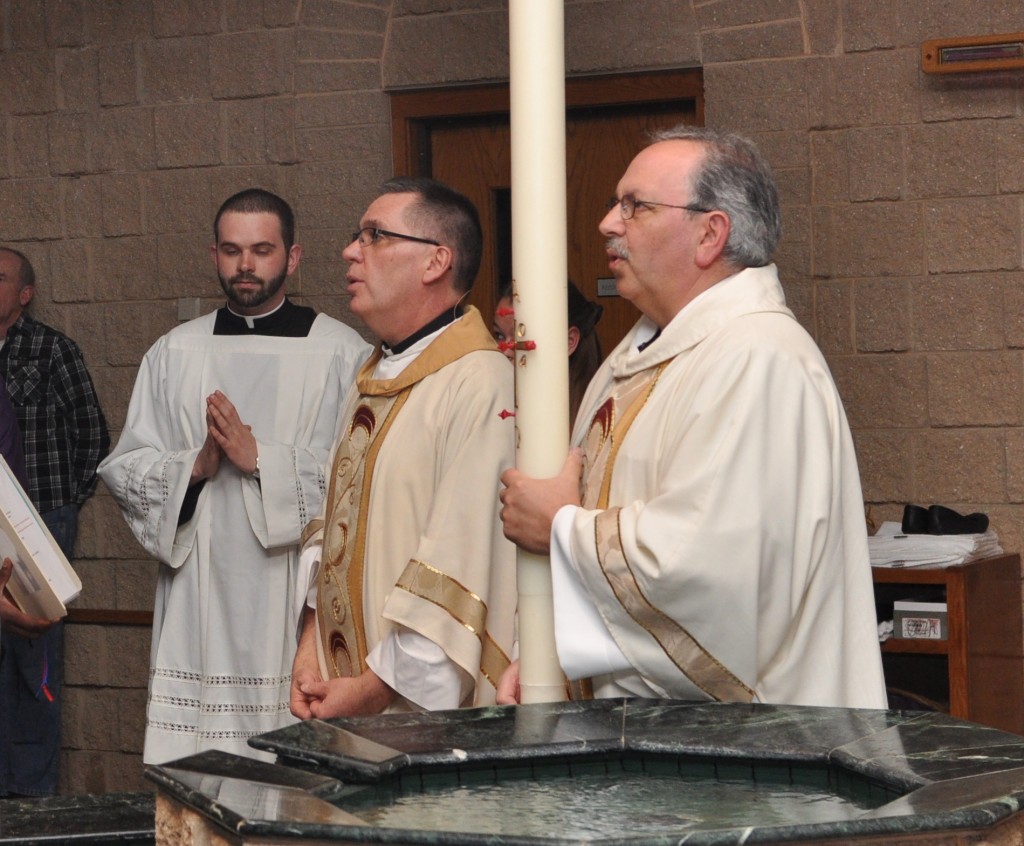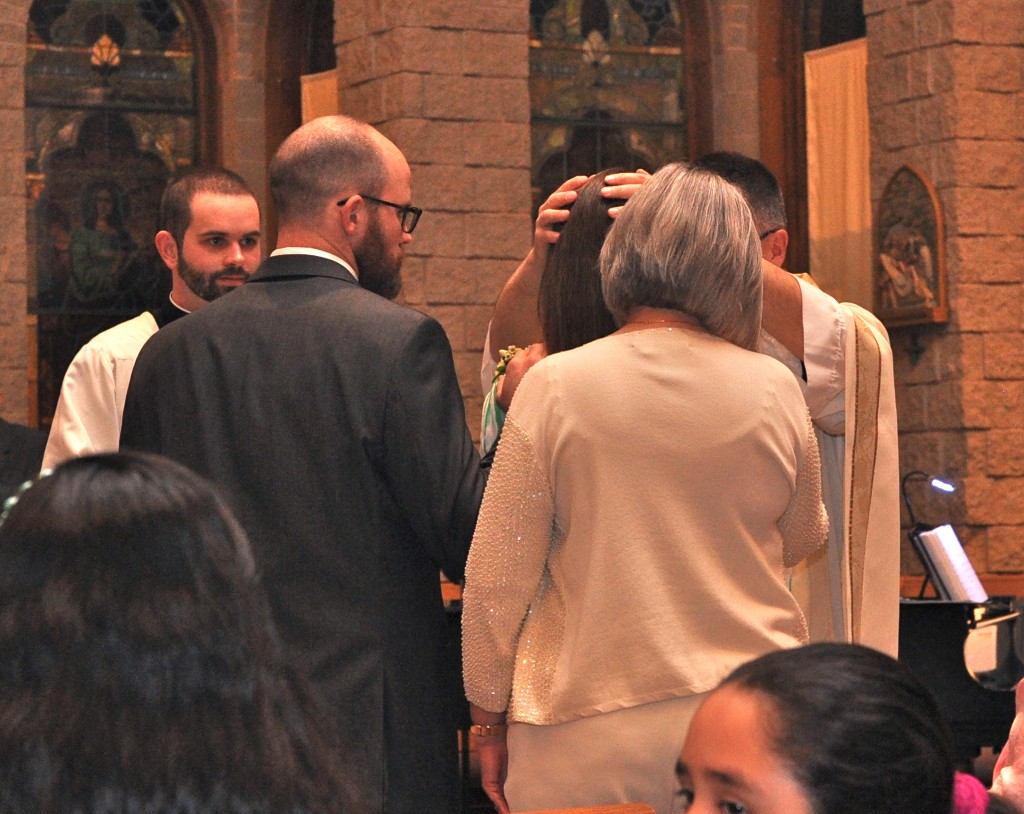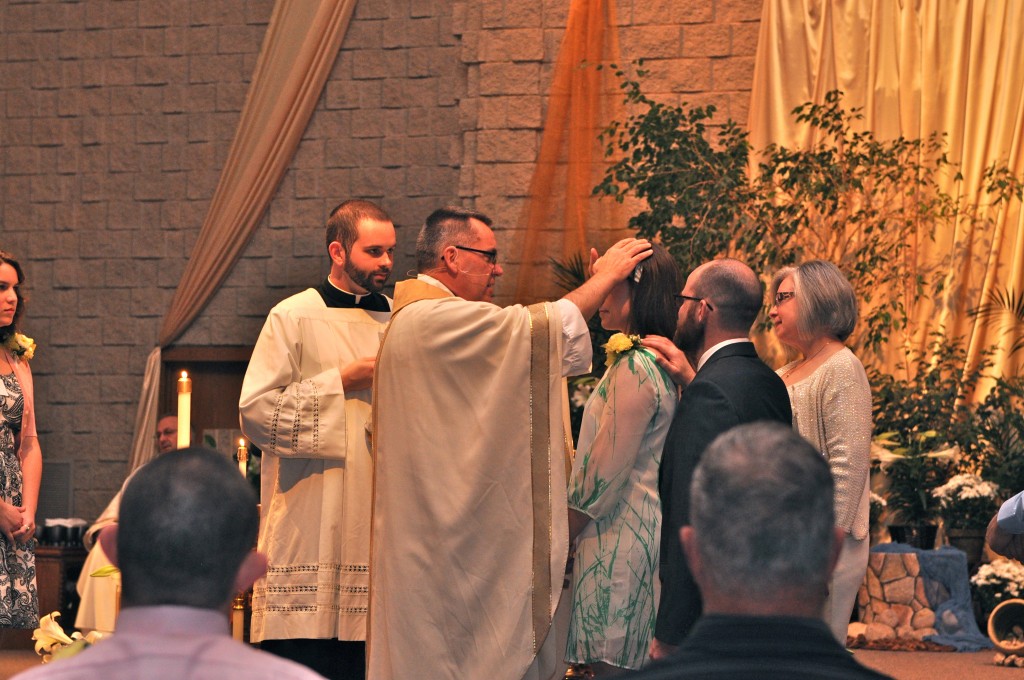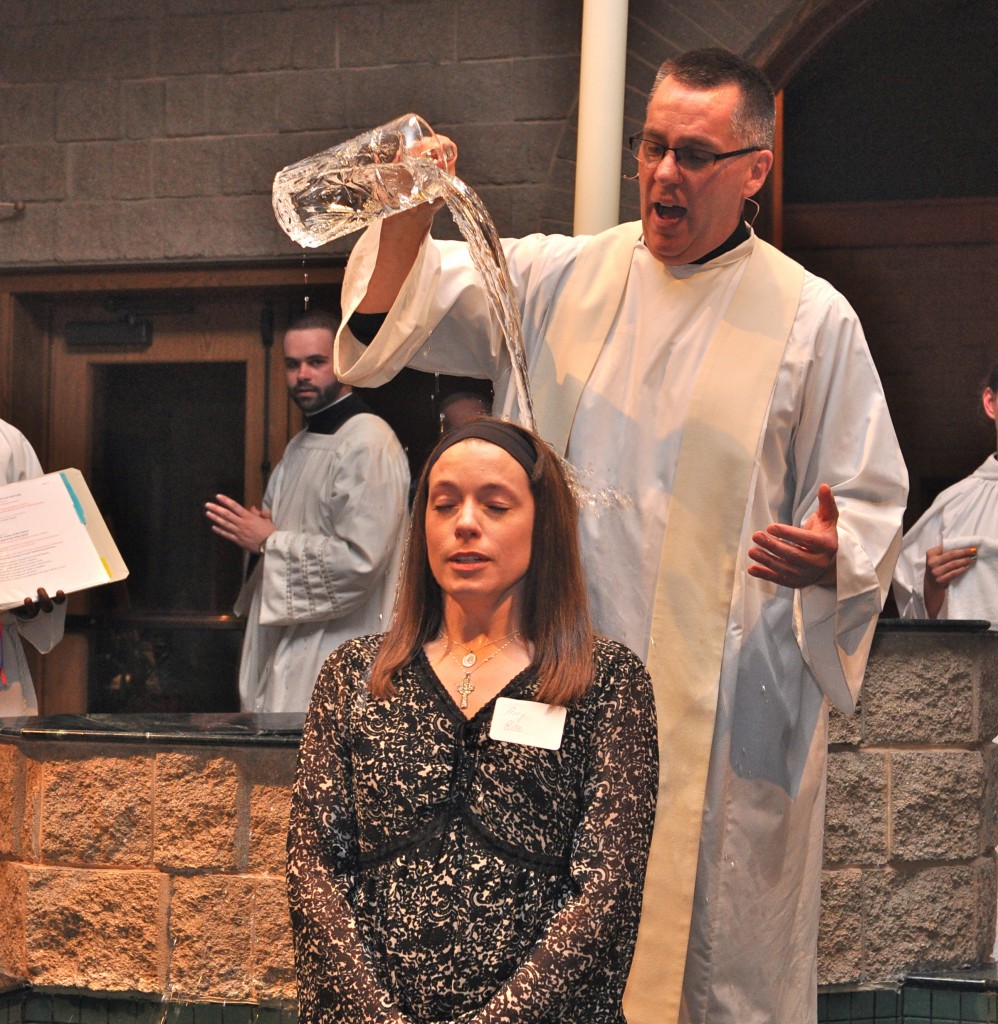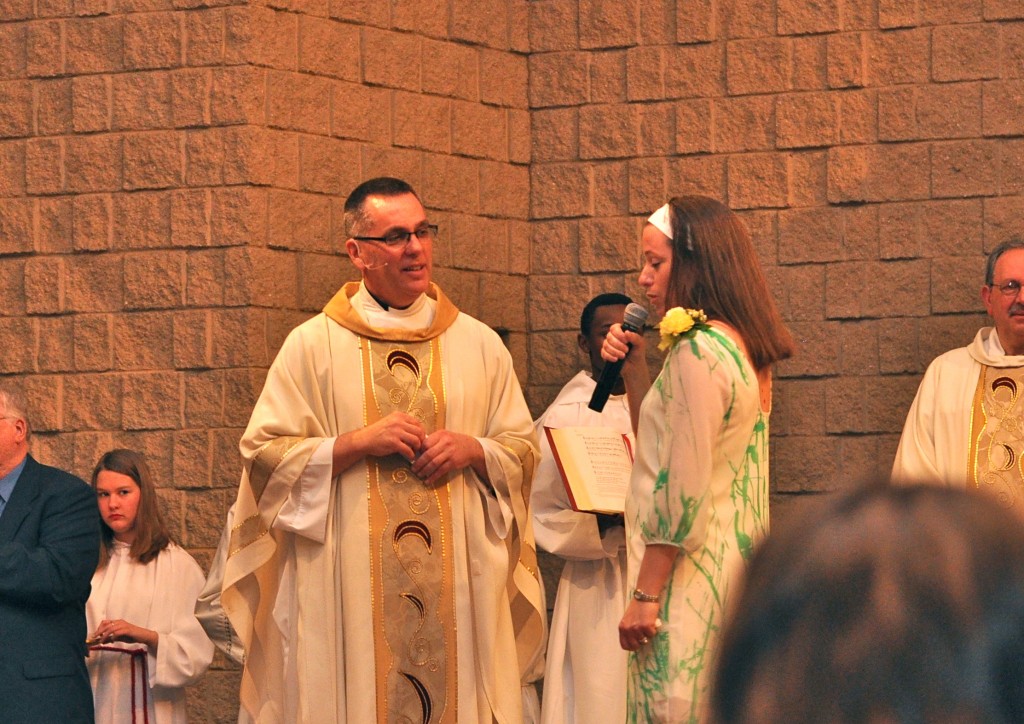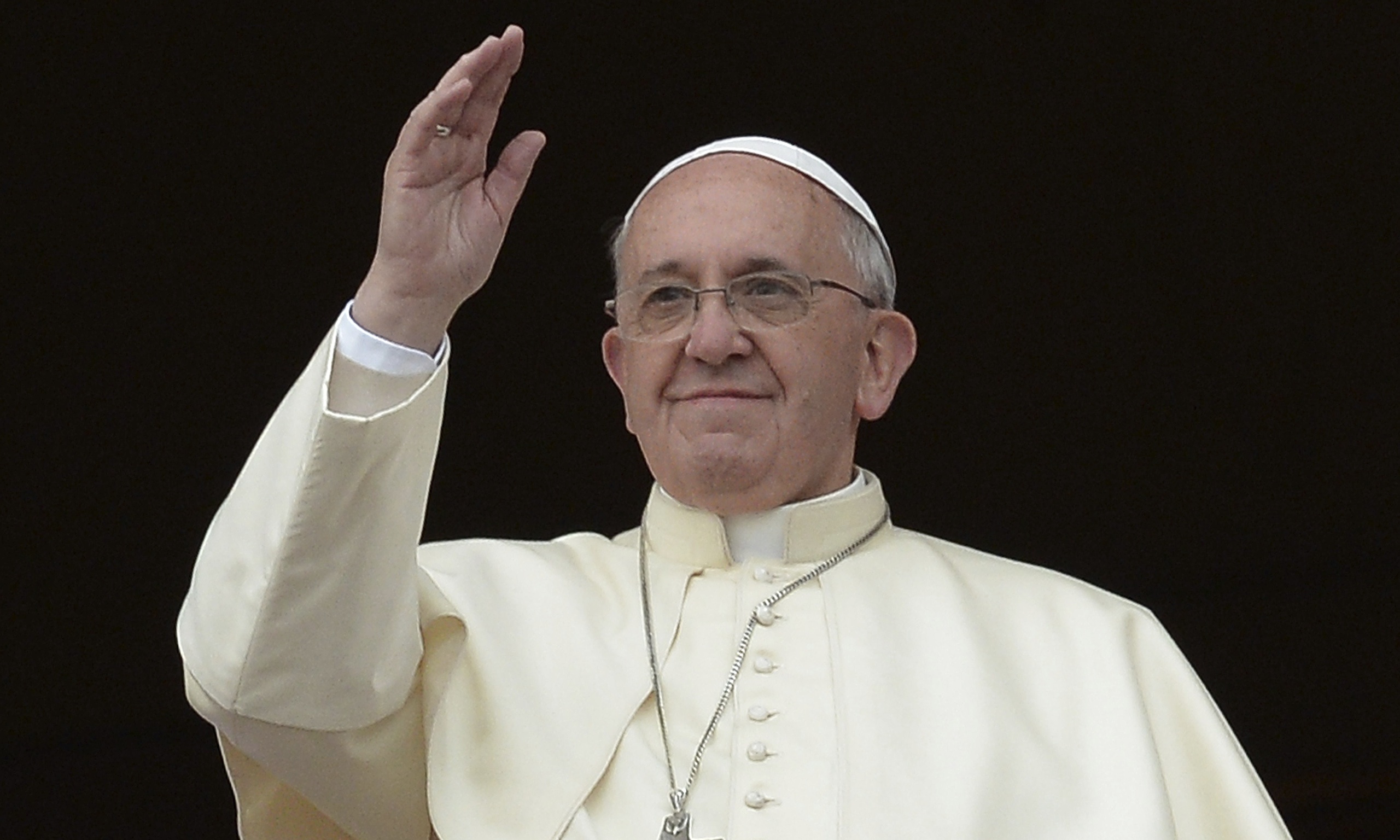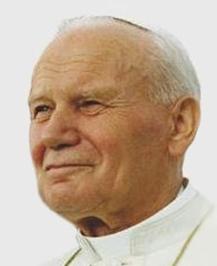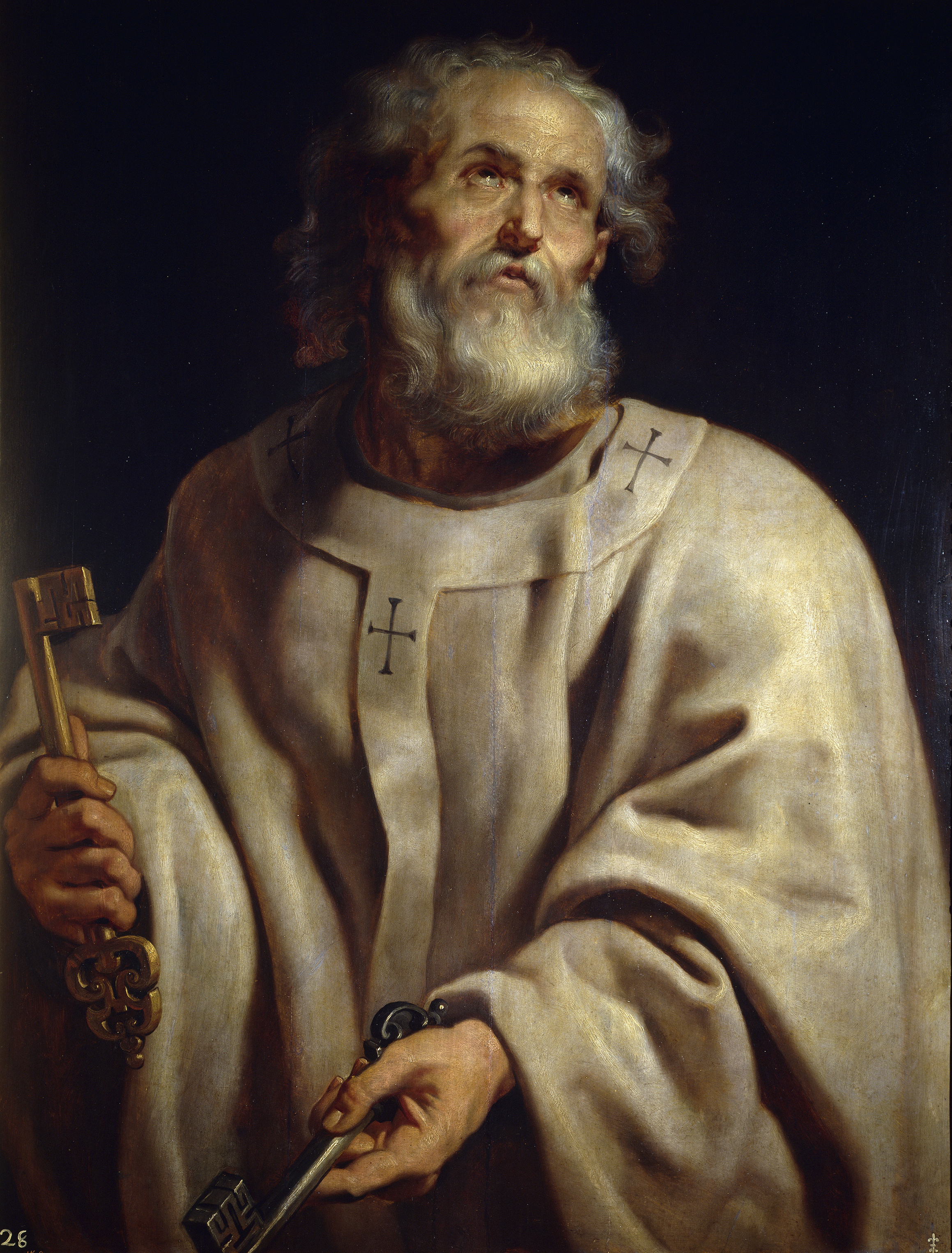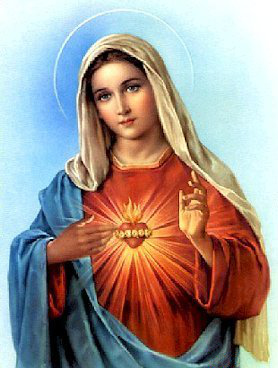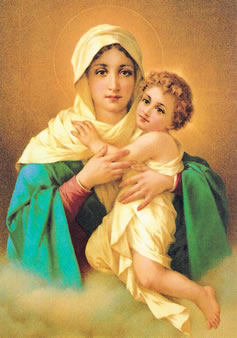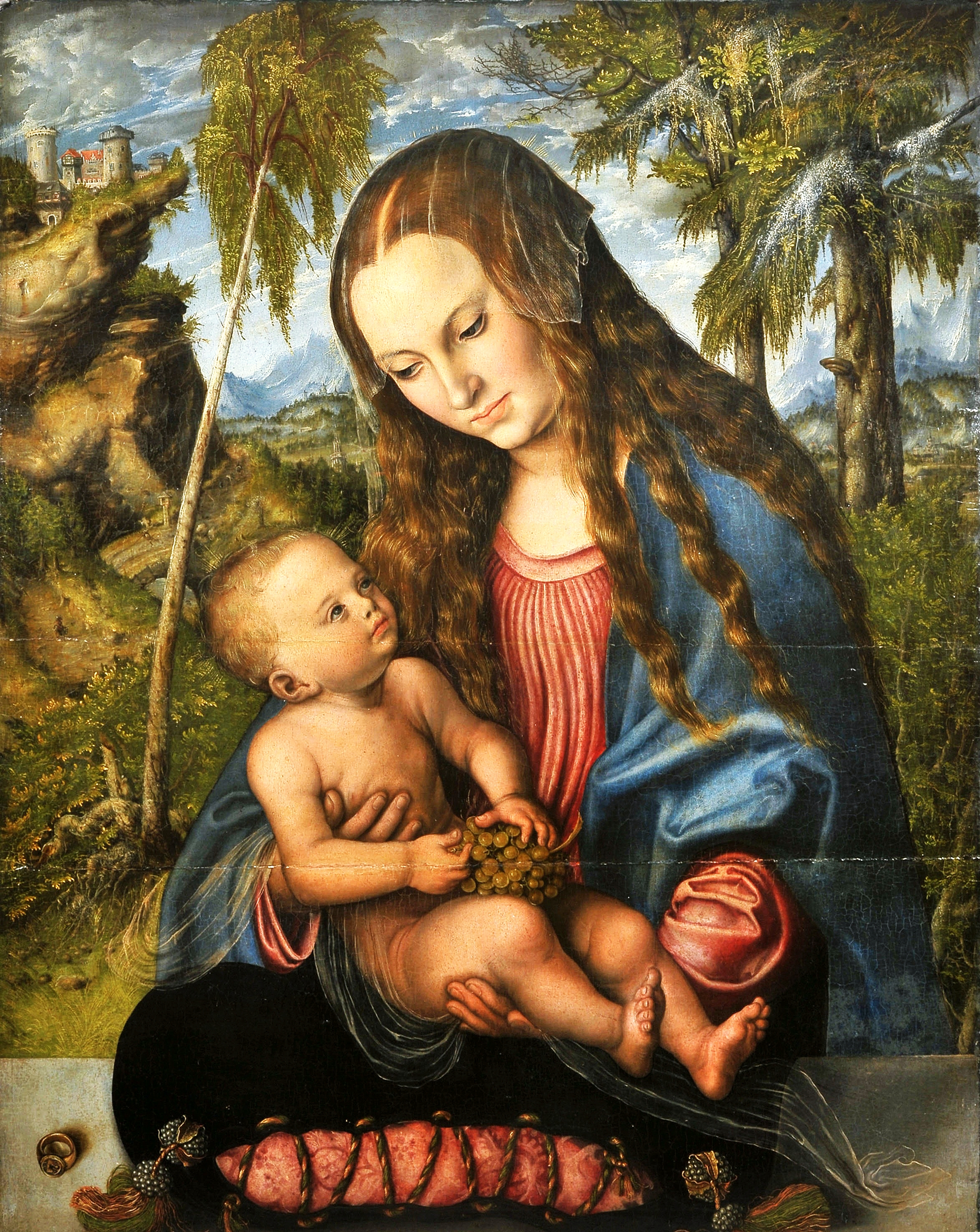Very early in my process of conversion to Catholicism, I wrote a post about a sort of, epiphany, if you will, that I had in coming to understand the Real Presence of Jesus in the Eucharist. In the post, I described what happened when I was in my first meeting of my first ever Bible study, and we were watching a video with Edward Sri in it, and suddenly something about the Eucharist really being the body of Jesus just made sense. I had already believed in the Real Presence, but in that moment I gained a new understanding of it. I felt compelled to share my revelation in the group, much to my chagrin, since I made a complete idiot of myself in doing so.
Anyway, you can read all about my first attempt trying to explain the Catholic belief about transubstantiation and the Real Presence in the Eucharist here if you want to.
Today, I’m going to try to do a little bit of a better job than I did then, because I know that the Catholic doctrine that, during the consecration at Mass, the bread and wine actually become the body and blood of Jesus and are not just symbolic of it, is a hard one to believe for lots of people who aren’t Catholic. So, today’s Baby Catholic question is this:
Why do Catholics believe that the bread and wine contain the Real Presence of Jesus, rather than just symbolizing Him?
Surprisingly, coming to believe that the bread and wine offered at communion actually become the body and blood of Jesus during the consecration by the priest at Mass was one of the easier things for me to accept in my conversion. Perhaps this is because I read the book “Rome Sweet Home,” in which Scott Hahn, once a very anti-Catholic Presbyterian minister, describes his discovery of the Real Presence and quotes several sources to support it. Or perhaps it’s because, after a few months of attending Mass regularly, I began to have the experience of intense longing to receive Communion, which suggested to me that it was much more than just a wafer and a sip of wine.
Probably both of those things contributed to my fairly easy acceptance that Jesus was truly present in the Eucharist. Honestly, once I got past my initial doubting of all things religious and was able to accept that there is a God and that Jesus is His Son, transubstantiation wan’t too hard for me. It’s all a matter of having faith.
The Catechism of the Cathoic Church says this about the Eucharist:
In the most blessed sacrament of the Eucharist “the body and blood, together with the soul and divinity, of our Lord Jesus Christ, and, therefore, the whole Christ is truly, really, and substantially contained.” (CCC 1374, the quote within the quote comes from the Council of Trent)
And:
It is by the conversion of the bread and wine into Christ’s body and blood that Christ becomes present in this sacrament. The Church fathers strongly affirmed the faith of the Church in the efficacy of the Word of Christ and the action of the Holy Spirit to bring about this conversion (CCC 1375)
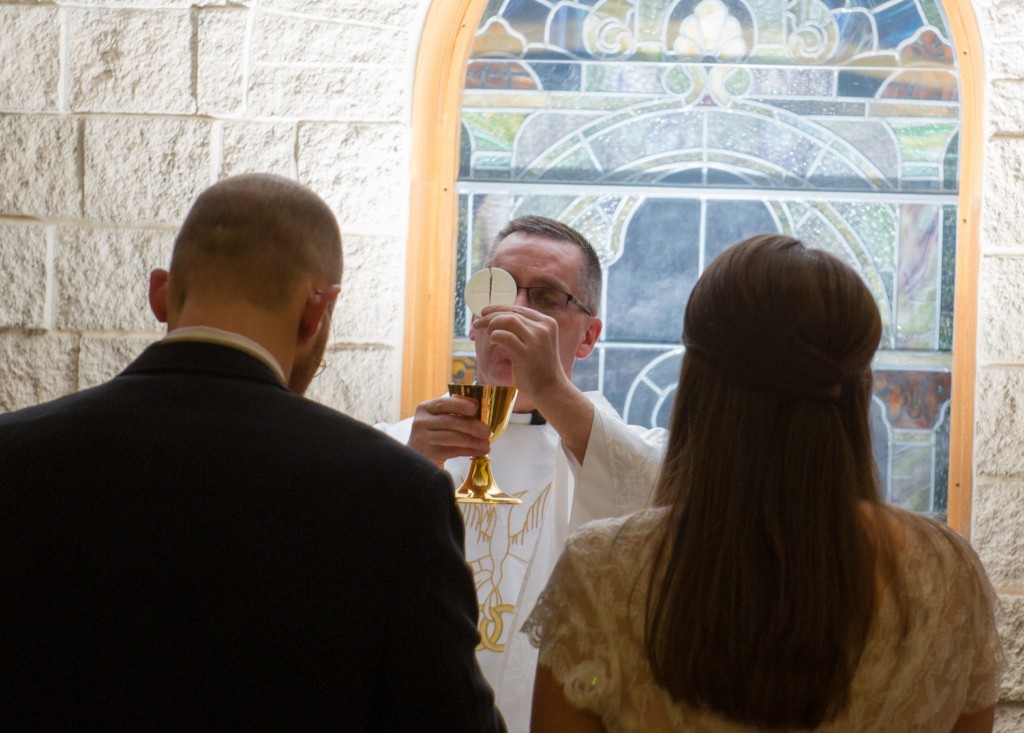
We can also see that the early Church fathers believed in the Real Presence. St. Ignatius was the third bishop of Antioch, succeeding St. Evodius, who was the direct successor of St. Peter. He wrote in his letter to the Romans (c. 80-110 A.D.):
I have no taste for the food that perishes, nor for the pleasures of this life. I want the Bread of God, which is the Flesh of Christ, who was the seed of David; and for drink I desire His Blood, which is love that cannot be destroyed.
But where does this idea come from in the first place, that Jesus is really present in the Eucharist?
The Bible, of course.
While they were eating, he took the bread, said the blessing, broke it, and gave it to them, and said, “Take it; this is my body.” Then he took a cup, gave thanks, and gave it to them, and they all drank from it. He said to them, “This is my blood of the covenant, which will be shed for many.” (Mark 14: 22-24)
The gospel of Luke says almost the exact same thing (Luke 22:19-20), and these are also the words that the priest says to consecrate the bread and wine during the Mass. It comes straight from the Bible. Jesus does not say, “Take this bread as a symbol of my body.” He does not say, “This is like my body.”
This is my body.
Further, in the gospel according to John:
Jesus said to them, “Amen, amen, I say to you, unless you eat the flesh of the Son of Man and drink his blood, you do not have life within you. Whoever eats my flesh and drinks my blood has eternal life, and I will raise him on the last day. For my flesh is true food, and my blood is true drink. Whoever eats my flesh and drinks my blood remains in me and I in him. Just as the living Father sent me and I have life because of the Father, so also the one who feeds on me will have life because of me. This is the bread that came down from heaven. Unlike your ancestors who ate and still died, whoever eats this bread will live forever.” (John 6:53-58)
Jesus was not telling us to symbolically take Him in, as in welcoming His Spirit into our hearts or something, because the verb used here for “eat” is more like the word “gnaw” rather than “consume.”
“My flesh is true food, and my blood is true drink.”
He gave it to us on Calvary, and continues to give it to us every time the Mass is celebrated.
In addition to the Biblical basis of the Real Presence, I can attest to my own experience of receiving Jesus during communion and being with Him in Adoration. It’s difficult to explain, but I can feel that He is there. When I receive Communion, I can feel myself being filled by the most incredible sensation and presence. It’s not just eating a cracker.
As I’m typing this, I can’t help but think that this is sounding hokey. Corny. Crazy, maybe. To someone who hasn’t experienced it, it probably does sound that way.
Someone who does not believe might attribute my experience to some sort of placebo affect. As in – I believe Jesus is present in the Eucharist, therefore I feel something when I receive Him. I probably would have explained it that way before I experienced it myself. But that’s not a sufficient explanation. I felt a strong pull to receive communion before I believed in the Real Presence. Before I even really knew what that meant. That’s the first and most basic reason that I became Catholic.
Because when you realize that you are in the presence of Jesus in the Blessed Sacrament, and that you can receive Him during Communion, why in the world wouldn’t you want that?
The Eucharist, the Real Presence, is Jesus’ incredible gift to us.


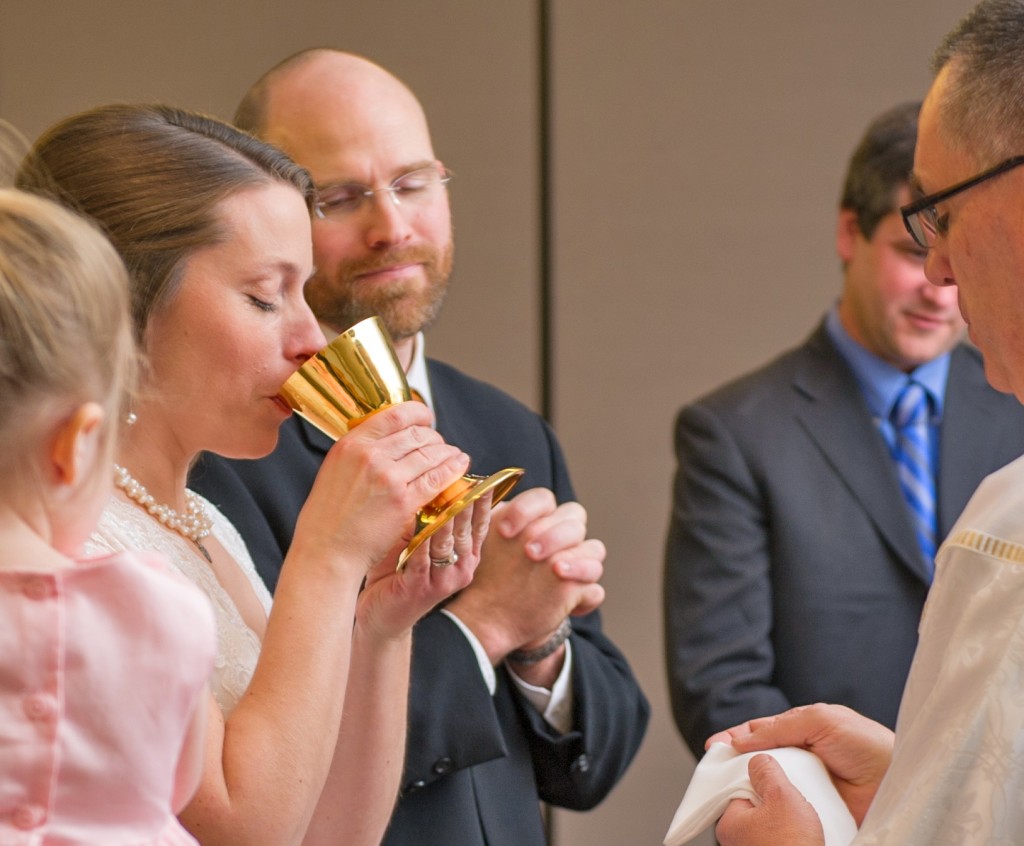
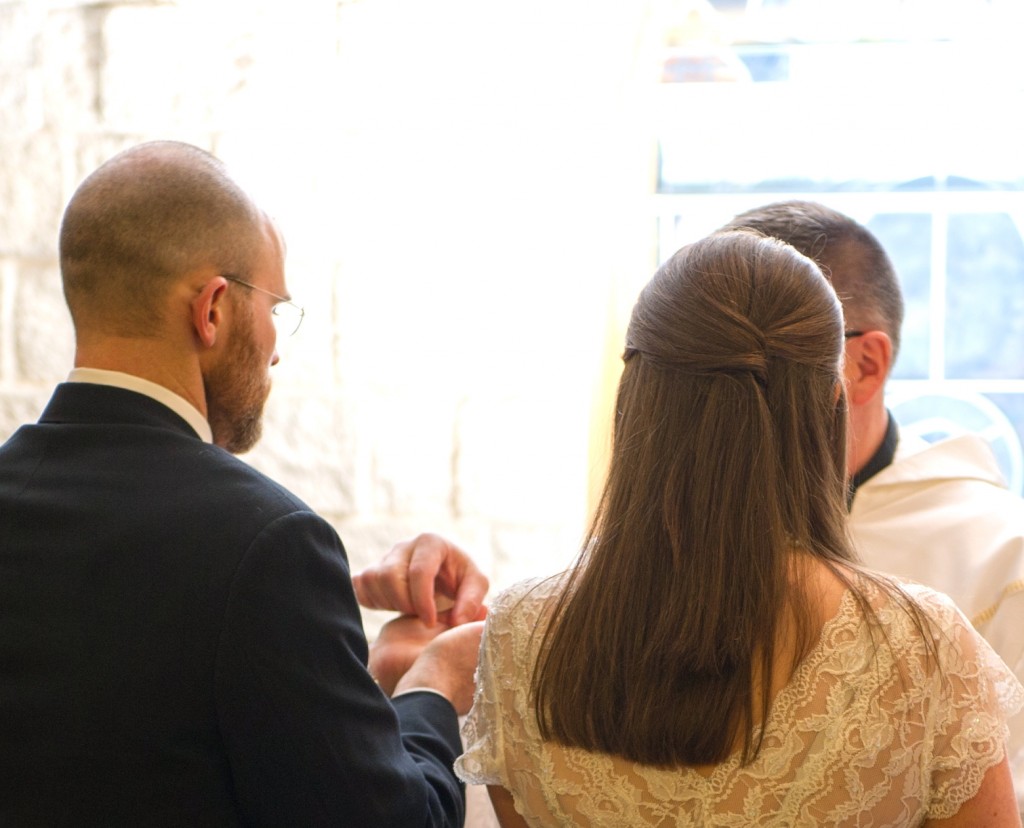

_-_WGA22271.jpg)
